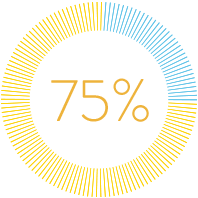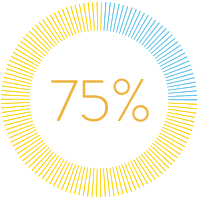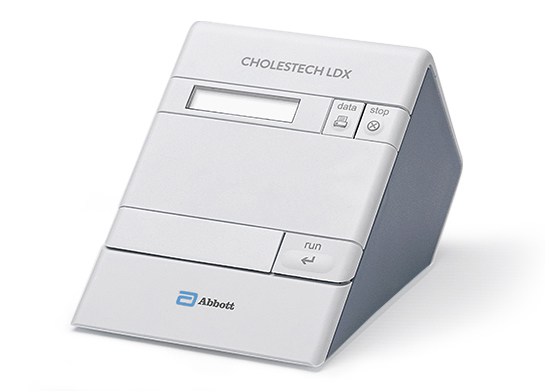Cardiovascular Disease (CVD) is already the leading cause of death in the world.1 People with diabetes are 2-3 times more likely to develop CVD.2 But, CVD can often be prevented before it takes hold.
According to the World Health Organization (WHO), 80% of premature deaths from heart attack and stroke could be avoided by quitting smoking, becoming more physically active, and adopting a healthy diet.3 Early assessment, efficient diagnosis, and ongoing monitoring are all vital to achieving positive outcomes.
The problem is, that before healthcare providers can recommend those critical changes to their patients, they first have to be in a position to diagnose and monitor cardiovascular disease. Testing, treatment, and compliance are the key to everything.
Cardiovascular Disease Risk Factors to Know by Heart
The more risk factors your patients have, the greater their chances of getting cardiovascular disease. Even with few or no underlying issues, there is still a 30% chance of getting CVD.4,5 Risk factors for cardiovascular disease include:


















